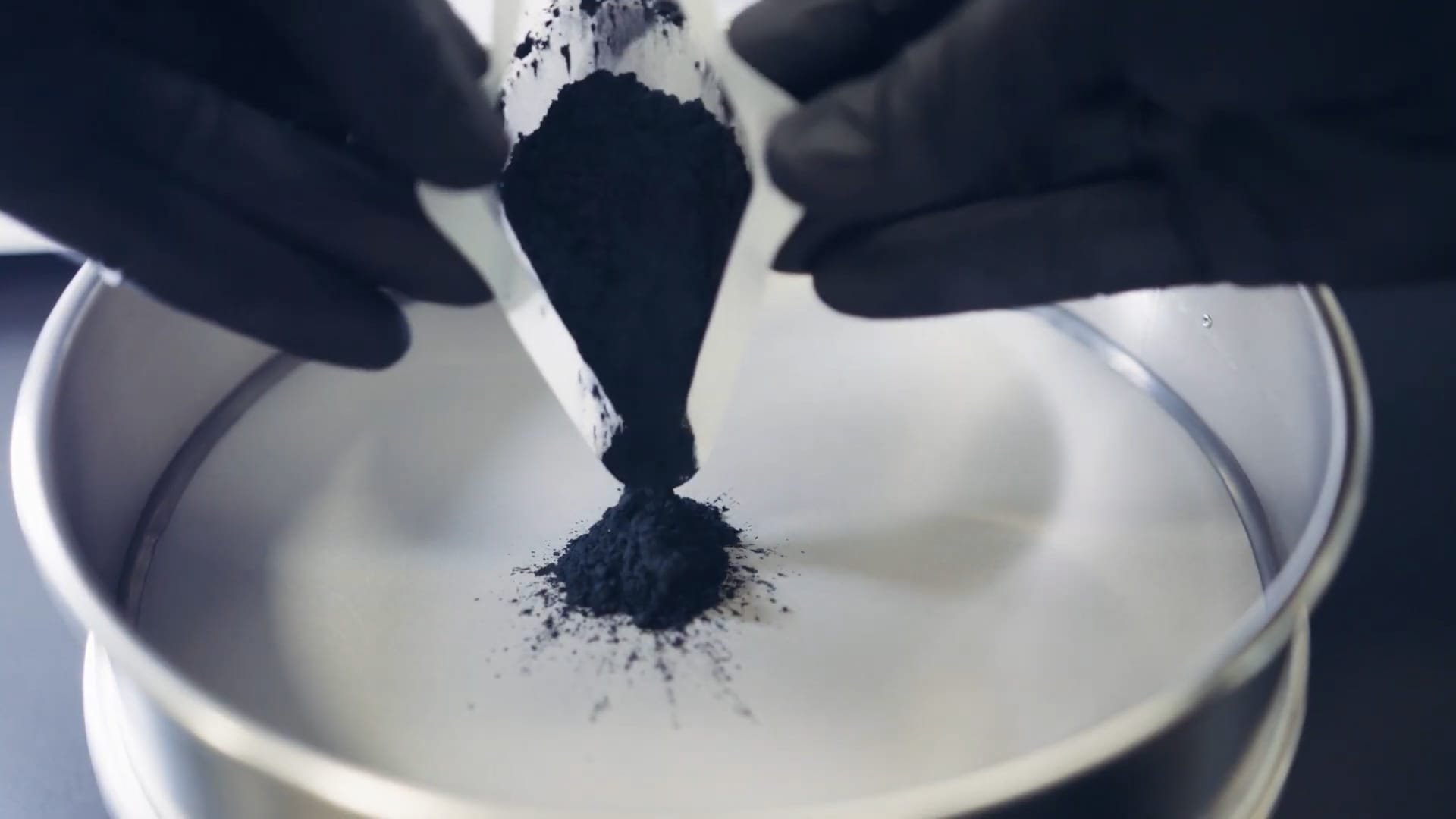Lithium-ion battery performance has hit a plateau in recent years, but a breakthrough in technology promises new heights are soon to be in sight.
Batteries made with silicon instead of graphite — the commonly used material in battery anodes today — have been shown to enable significantly higher energy density and faster charging.
“Silicon anode has 10 times higher energy density than graphite,” according to CEO Kang Sun of Amprius Technologies, one of the companies working on the technology.
“We’ve demonstrated that we can charge to 80 percent in under six minutes,” added Jon Bornstein, the company’s chief operating officer. Amprius is already working with Airbus, the U.S. Army, AeroVironment and BAE Systems on early iterations of its silicon-anode batteries.
Sila Nanotechnologies, which was started by a group of ex-Tesla battery engineers, is also working on silicon-anode technology. The company has been in the market since 2021 with its Titan Silicon product used in the WHOOP fitness tracker. It is now scaling into automotive production.
“Our first automotive customer is going to be Mercedes,” CEO and co-founder Gene Berdichevsky said. “They announced a supply agreement with us to put us in their electric vehicles and they’re going to start with the iconic G Wagon.”
Porsche also plans to use silicon-anode technology in its vehicles, and has invested in Washington state-based Group14 Technologies.
“The head of R&D for Porsche … said, at Porsche, the soul of the vehicle has been the engine and the transmission … they believe the next soul of the vehicle is going to be the battery cell,” Group14 CEO and co-founder Rick Luebbe said.
All three companies have announced plans to build domestic gigawatt-hour scale manufacturing facilities in the next few years. Funding support has come from the U.S. Department of Energy as part of President Biden’s infrastructure bill to boost America’s battery supply chains and production.
Watch the video to learn more about silicon-anode batteries and why the auto industry is betting on them.

